If the answer is yes, then Desolation Wilderness, co-managed by the USDA Forest Service’s Eldorado National Forest and Lake Tahoe Basin Management Unit (LTBMU), may offer exactly what you’re looking for. Volunteers are needed to support LTBMU wilderness staff for the upcoming season. A wide variety of activities are available for volunteers to choose from including:
- assisting visitors at trailheads and in the backcountry
- encouraging Leave No Trace principles
- educating visitors in making wise choices in order to help keep the wilderness clean and pristine
- hiking the trails to conduct land monitoring, campsite restoration, visitor safety and/or backcountry trail maintenance
- adopting a lake or trail
- supporting youth and science programs and many other special projects.
Volunteers should have an appropriate level of physical ability and availability to perform the tasks for which they sign-up. These tasks range from light physical duty such as educating and assisting the public at trailheads to moderate duty such as hiking on trails, to more physically demanding tasks such as hiking on steep trails or performing trail maintenance. Volunteers should only sign up for duties which they are physically able to perform.
Volunteers should commit to a minimum of seven days for the summer season plus several days of training and must be age 18 or older. All Volunteers will be required to attend a training workshop on Saturday, May 16, 2020, at the Institute for Forest Genetics in Placerville (Apple Hill area).
If you want to do something meaningful to help protect and preserve this pristine wilderness area and help visitors and recreational users better appreciate its special character, find out how you can become part of our Desolation Wilderness volunteer team by contacting LTBMU Wilderness Program Manager, Don Lane at don.lane@usda.gov
To see original article in the South Lake Tahoe Now CLICK HERE.
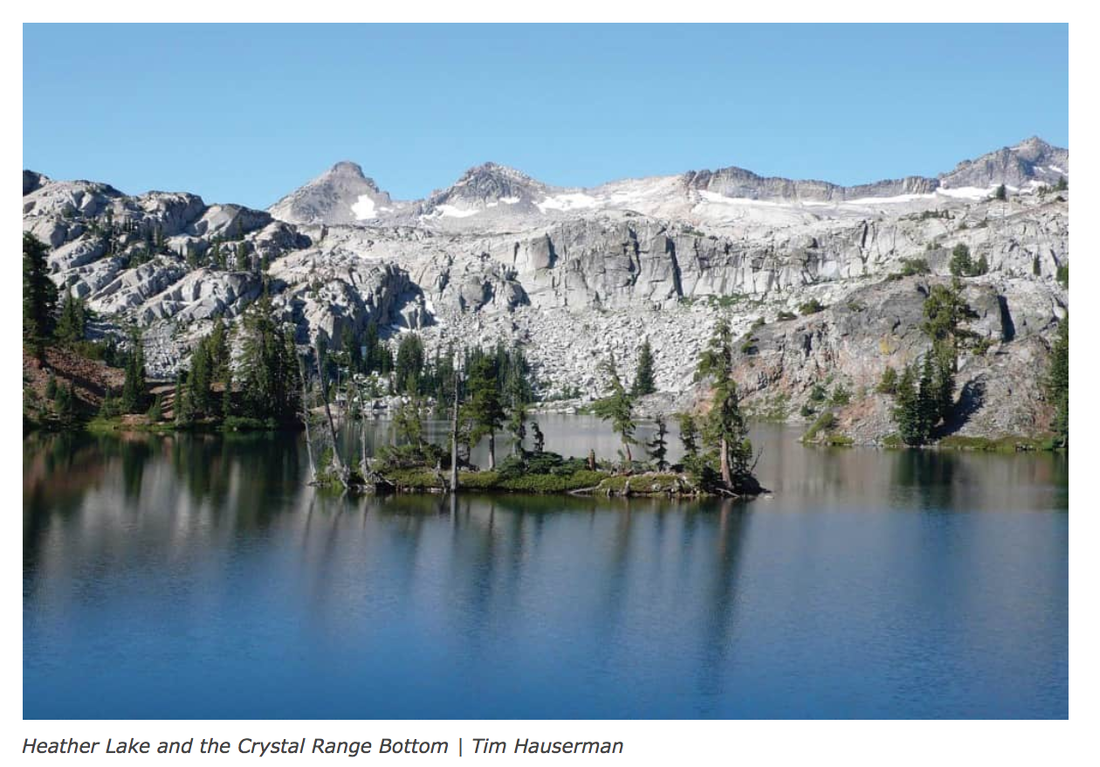
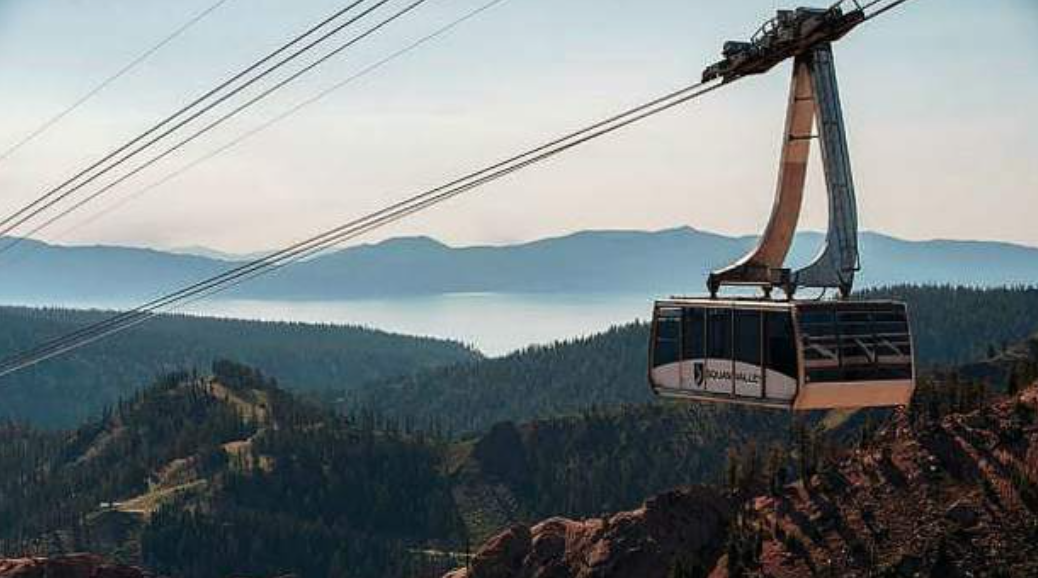

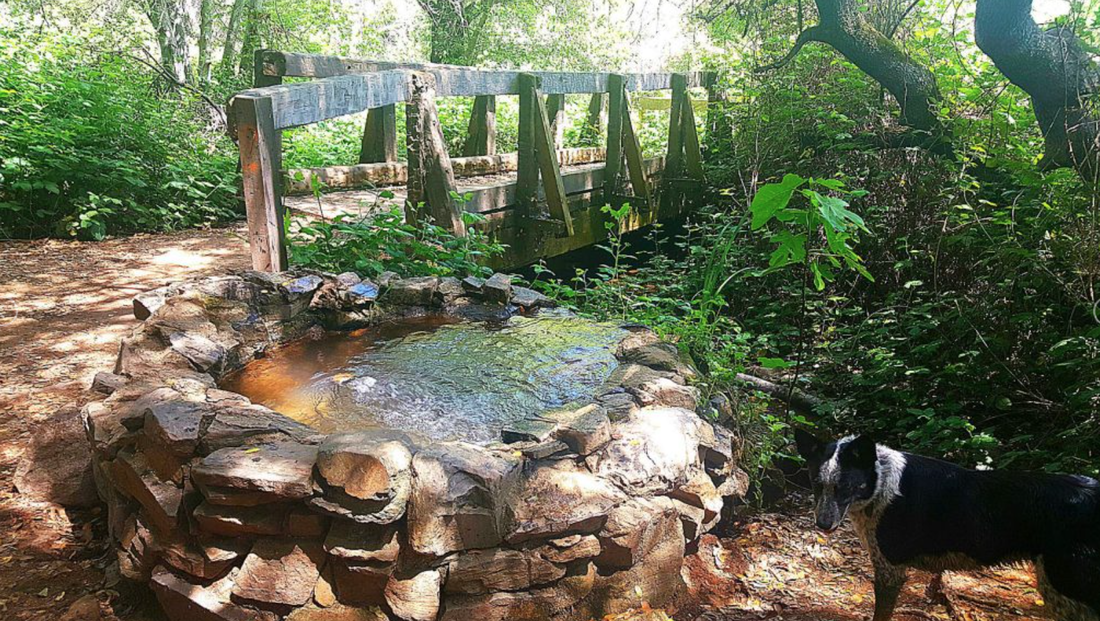
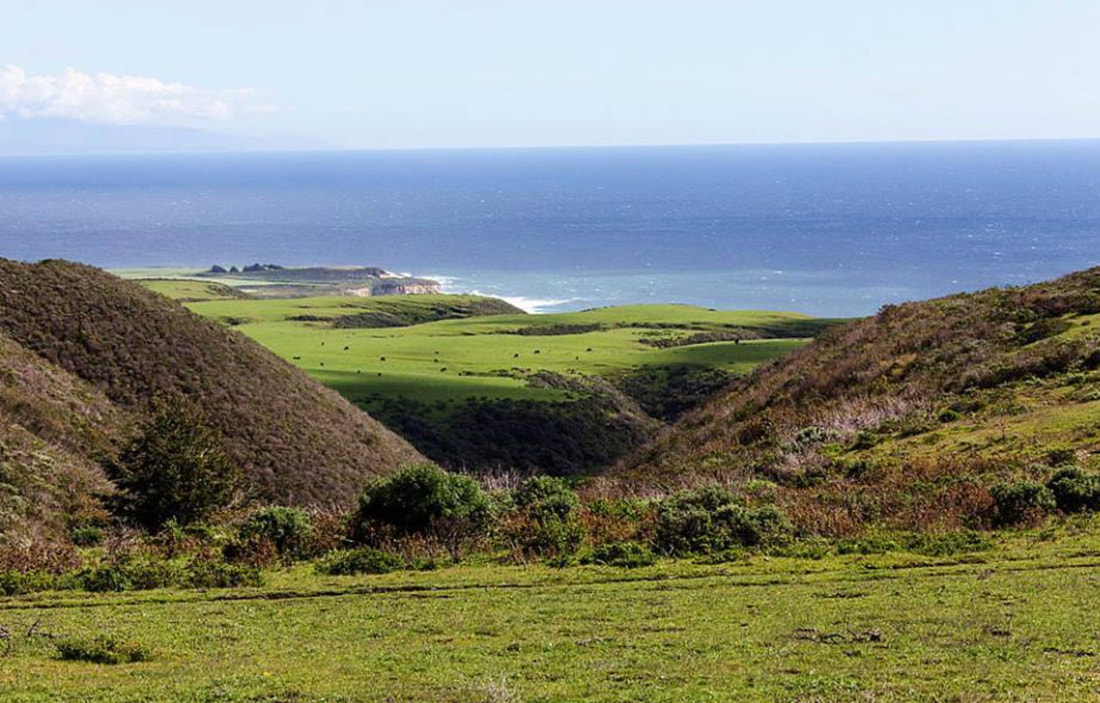
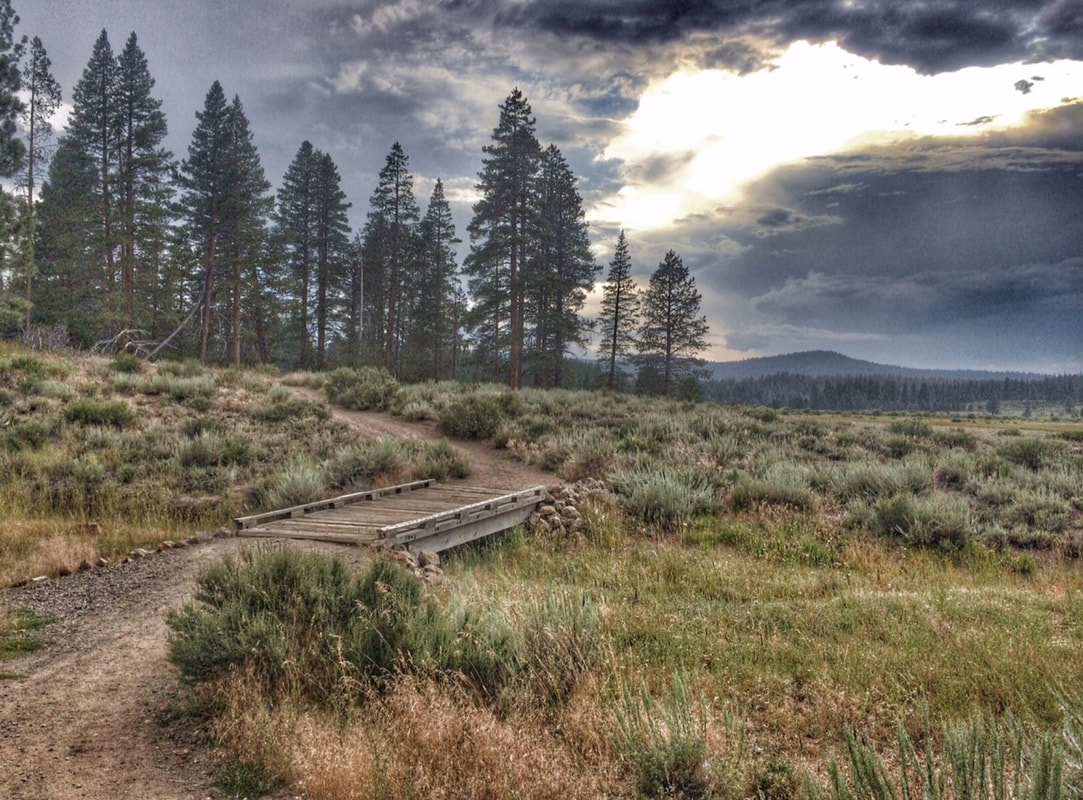
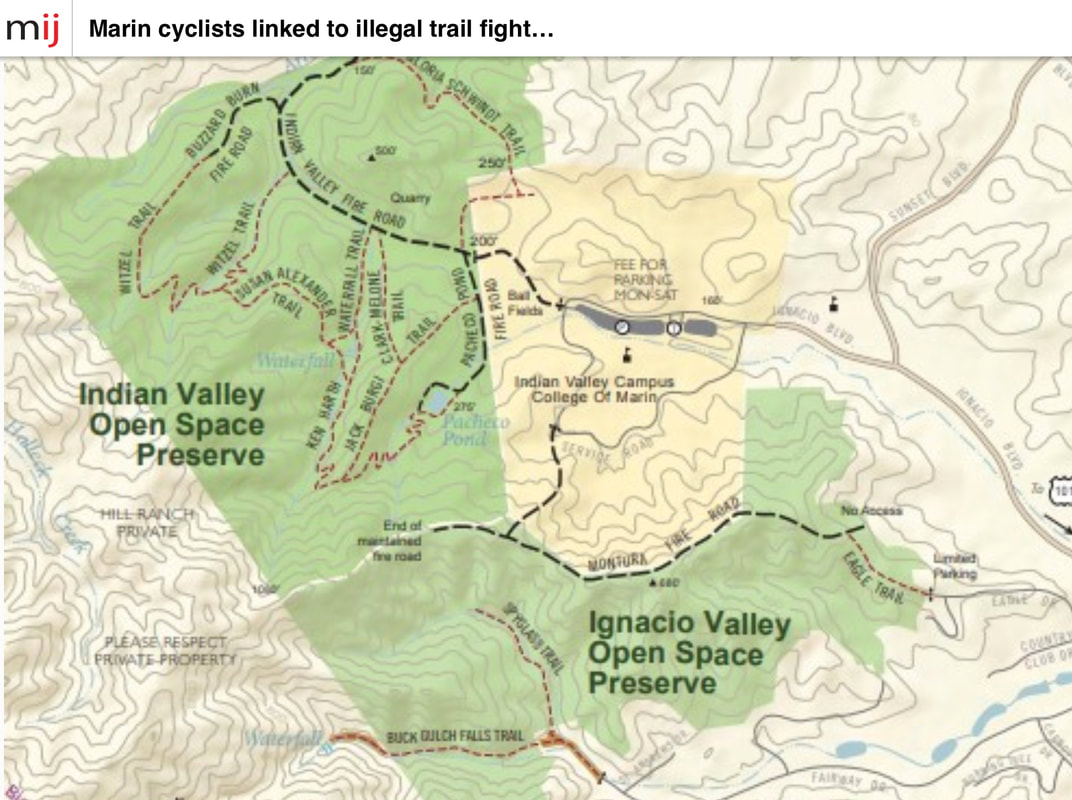
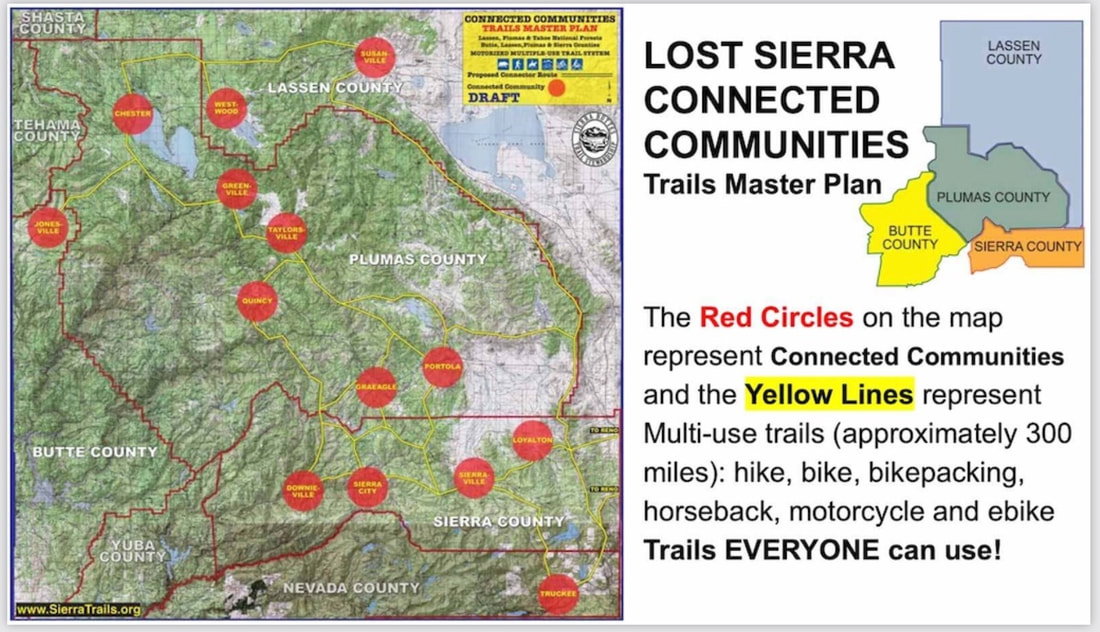
 RSS Feed
RSS Feed